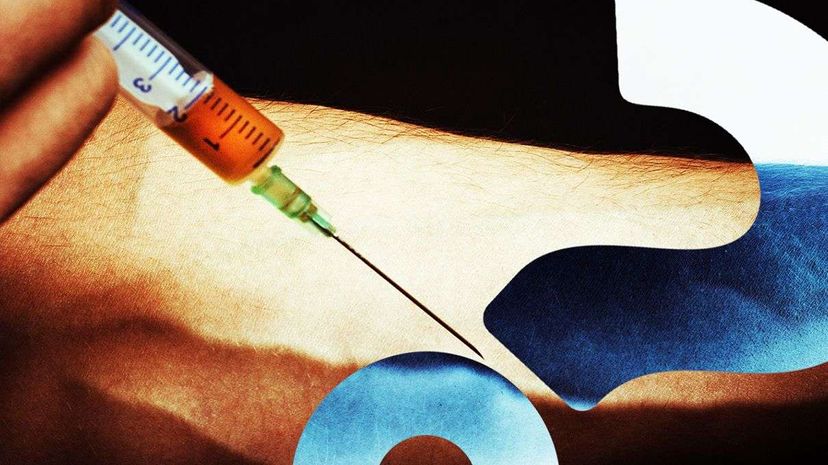
There's no other way to say it: The United States is in the grip of an opioid epidemic. It's become increasingly obvious that past and current methods of waging the so-called "war on drugs" have been largely ineffective. In Seattle alone, deaths from heroin overdoses rose by58 percentover the course of 2014, from 99 to 156, according to the University of Washington's Alcohol and Drug Abuse Institute.
This uptick has driven city officials toform a task force for heroin and prescription opiate addiction, radically rethink conventional approaches to law enforcement and, in the near future, to build government-sanctioned safe spaces for addicts to use illegal drugs. At this location, heroin addicts would use drugs under medical supervision, hopefully lowering rates of fatal overdose and transmission of diseases from dirty needles.
Advertisement
As you might imagine, this is a pretty controversial plan.
Opponents have some valid questions, perhaps the most obvious being "Hey, isn't giving people a place to do drugs, as well as the equipment to do it, essentially enabling their addiction?" On the surface, it might seem that opening a place specifically for addicts to do hard drugs, like crack or heroin, would create a massive spike in the addict population.
Luckily, that doesn't seem to be the case. The idea of a safe consumption site isn't brand-new.
Vancouver, for instance, is home to a 13-year-old safe-injection area calledInsite, where no overdose deaths have occurred. Insite has been the subject of multiple peer-reviewed studies indicating the site has saved lives, reduced the transmission of disease and brought more addicts into treatment programs. And, obviously, neither the city of Seattle nor the surrounding King County will make heroin legal. The goal of these enterprises is to keep addicts alive long enough to enter treatment, while reducing the social impact addicts can have on the surrounding community, such as leaving dirty needles in alleyways and public parks.
Seattle hasn't officially signed off on creating this sort of site yet, and there are some difficult questions to tackle before anything like this opens for business. For example, Insite started right in the center of an existing drug market, Downtown Eastside. According to King County Prosecutor Dan Satterberg, Seattle doesn't have a centralized location like that, so opening a single safe consumption site could cause a drug market to spring up surrounding the building. Instead, Satterberghas saidhe prefers a scattered network of sites, or a mobile option.
While limited, the data from Vancouver leads us to a larger question: What is the state of the "war on drugs"? In a country where citizens spend billions of dollars buying drugs and governments spend billions attempting to squash the trade, is it time to reassess how all that money could be spent? Or is this just enabling people, as opponents suggest, and accelerating the very epidemic it was designed to stop?
As the city grapples with this concept, other organizations are moving ahead with plans of their own. The People's Harm Reduction Alliance is seeking a landlord to create their own safe consumption sites, and the mayor of Ithaca, New York, also has expressed interest in this approach. Currently, Insite remains the only government-sanctioned facility of its kind in North America, but if Seattle's task force has its way, it won't be the last.
Advertisement


